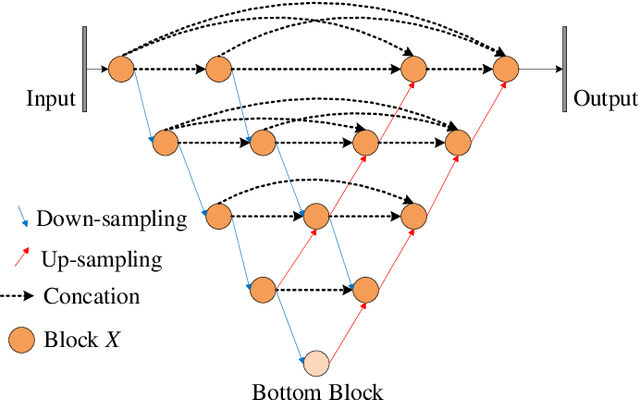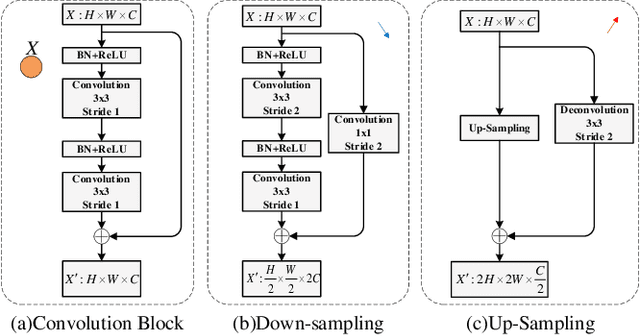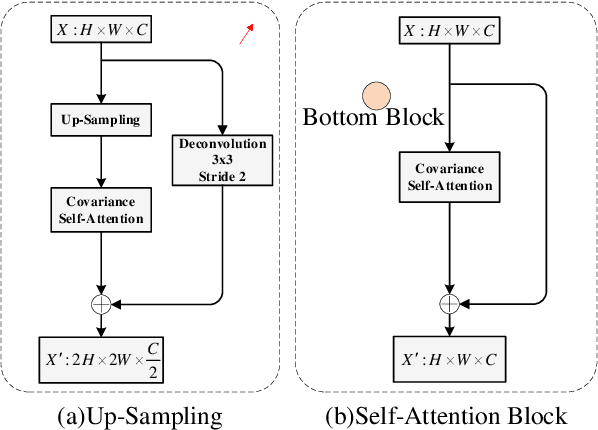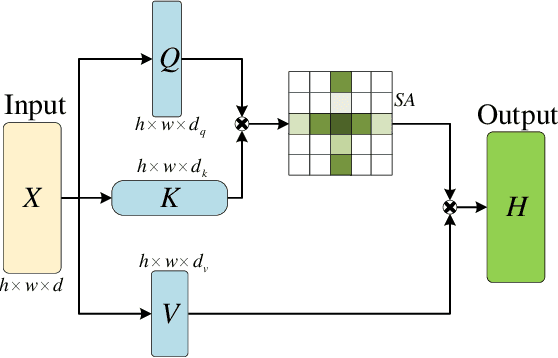Bochuan Zheng
Deep Lifelong Cross-modal Hashing
Apr 26, 2023



Abstract:Hashing methods have made significant progress in cross-modal retrieval tasks with fast query speed and low storage cost. Among them, deep learning-based hashing achieves better performance on large-scale data due to its excellent extraction and representation ability for nonlinear heterogeneous features. However, there are still two main challenges in catastrophic forgetting when data with new categories arrive continuously, and time-consuming for non-continuous hashing retrieval to retrain for updating. To this end, we, in this paper, propose a novel deep lifelong cross-modal hashing to achieve lifelong hashing retrieval instead of re-training hash function repeatedly when new data arrive. Specifically, we design lifelong learning strategy to update hash functions by directly training the incremental data instead of retraining new hash functions using all the accumulated data, which significantly reduce training time. Then, we propose lifelong hashing loss to enable original hash codes participate in lifelong learning but remain invariant, and further preserve the similarity and dis-similarity among original and incremental hash codes to maintain performance. Additionally, considering distribution heterogeneity when new data arriving continuously, we introduce multi-label semantic similarity to supervise hash learning, and it has been proven that the similarity improves performance with detailed analysis. Experimental results on benchmark datasets show that the proposed methods achieves comparative performance comparing with recent state-of-the-art cross-modal hashing methods, and it yields substantial average increments over 20\% in retrieval accuracy and almost reduces over 80\% training time when new data arrives continuously.
Covariance Self-Attention Dual Path UNet for Rectal Tumor Segmentation
Nov 04, 2020



Abstract:Deep learning algorithms are preferable for rectal tumor segmentation. However, it is still a challenge task to accurately segment and identify the locations and sizes of rectal tumors by using deep learning methods. To increase the capability of extracting enough feature information for rectal tumor segmentation, we propose a Covariance Self-Attention Dual Path UNet (CSA-DPUNet). The proposed network mainly includes two improvements on UNet: 1) modify UNet that has only one path structure to consist of two contracting path and two expansive paths (nam new network as DPUNet), which can help extract more feature information from CT images; 2) employ the criss-cross self-attention module into DPUNet, meanwhile, replace the original calculation method of correlation operation with covariance operation, which can further enhances the characterization ability of DPUNet and improves the segmentation accuracy of rectal tumors. Experiments illustrate that compared with the current state-of-the-art results, CSA-DPUNet brings 15.31%, 7.2%, 11.8%, and 9.5% improvement in Dice coefficient, P, R, F1, respectively, which demonstrates that our proposed CSA-DPUNet is effective for rectal tumor segmentation.
 Add to Chrome
Add to Chrome Add to Firefox
Add to Firefox Add to Edge
Add to Edge